What is the development status of ultrafine non-metallic mineral powders?
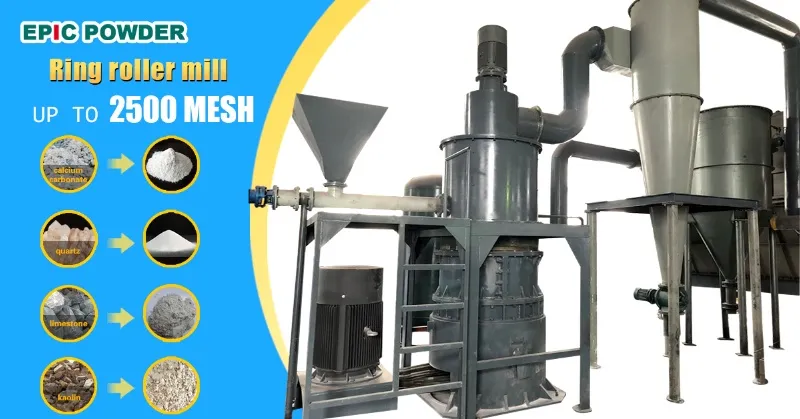
Ultrafine powders refer to a class of materials with particle sizes ranging from the micrometer to the nanometer scale. At present, the extensive application of non-metallic mineral powders in modern high-tech new materials is based on their unique functional properties. The functional performance of most non-metallic minerals is highly dependent on particle size, particle size […]
Jet Mill or Air Classifier Mill? Which Process Is the Optimal Solution for Ultrafine PEEK Grinding?

Polyetheretherketone (PEEK) is a high-performance specialty engineering plastic. It is renowned for its excellent heat resistance, chemical resistance, wear resistance, and mechanical strength. As a result, PEEK is widely used in aerospace, medical devices, automotive, and electronics industries. With the continuous upgrading of application demands, the need for ultrafine PEEK powders is steadily increasing. This […]
Spherical Graphite and Spherical Alumina : Why Does a Small Powder Multiply in Value After Becoming Spherical Powder?
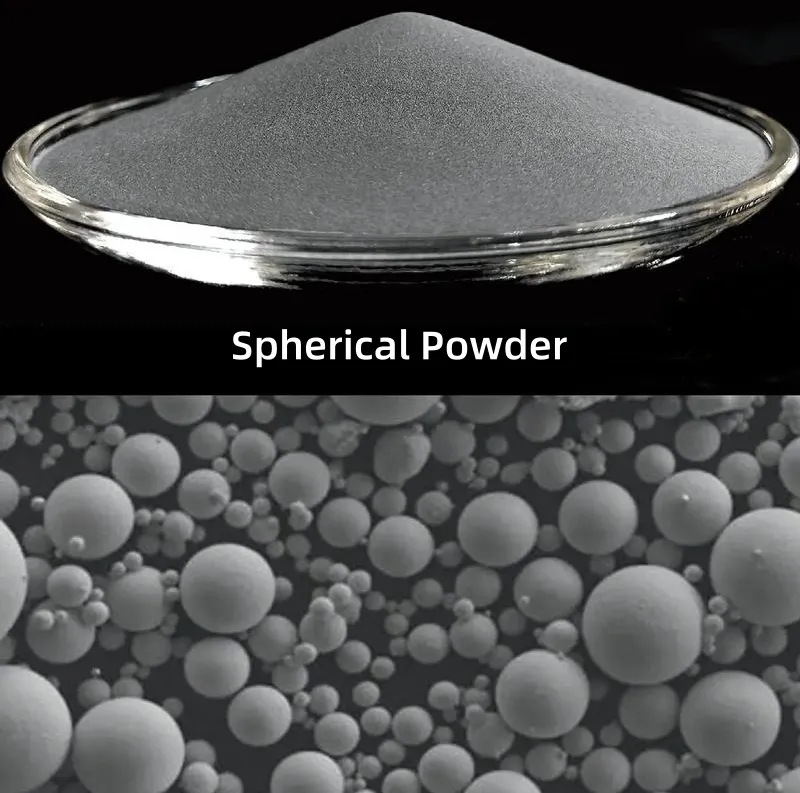
With the rapid development of modern industry and advanced technologies, performance requirements for powder materials are becoming increasingly stringent. Materials must exhibit ultra-low impurity levels, fine particle size, and a narrow particle size distribution. Particle morphology has also become a critical quality indicator. Spherical powder stands out for its uniform particle size, smooth surface characteristics, […]
What Are The Preparation Processes for Ultrafine Powders?
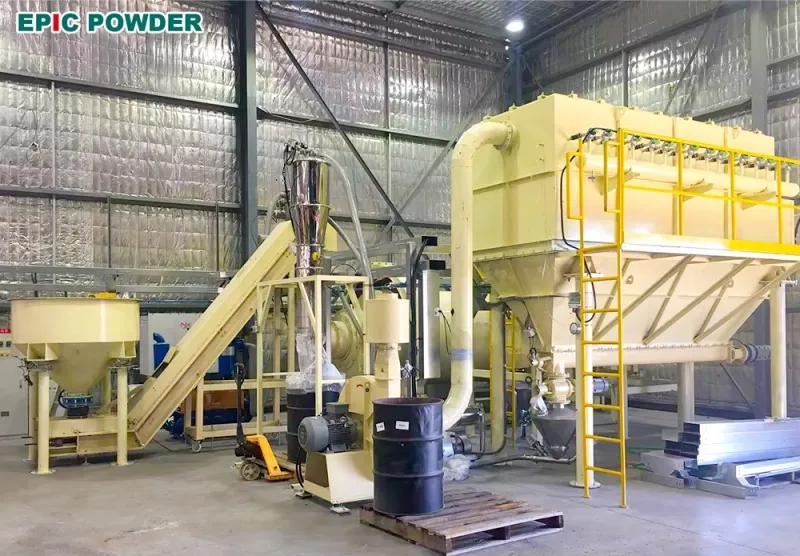
In recent years, new material development has accelerated worldwide. Materials research is moving toward extreme states and higher performance. Among emerging materials, ultrafine powders have attracted significant attention. Current research on ultrafine powders mainly focuses on four aspects: preparation methods, microstructure, macroscopic properties, and applications. Among these, preparation technology is the most critical factor. There […]
How Ultrafine Grinding Enhances the Industrial Added Value of Barite?
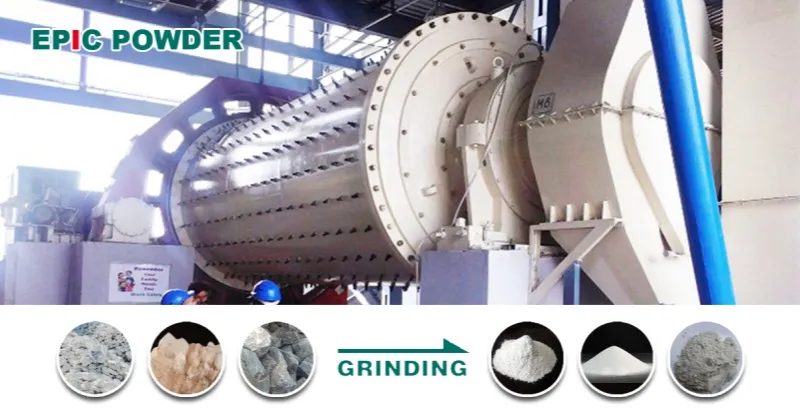
Barite (mainly composed of BaSO₄) is an important non-metallic mineral resource. Barite is characterized by its high specific gravity (4.2–4.6), strong chemical inertness, acid and alkali resistance, and non-toxicity. Traditionally, about 80–90% of barite is used as a weighting agent in oil and gas drilling fluids. The remaining portion is applied as a chemical raw […]
How to Solve “Overgrinding” and “Agglomeration” Problems in Powder Production with an Air Classifier ?
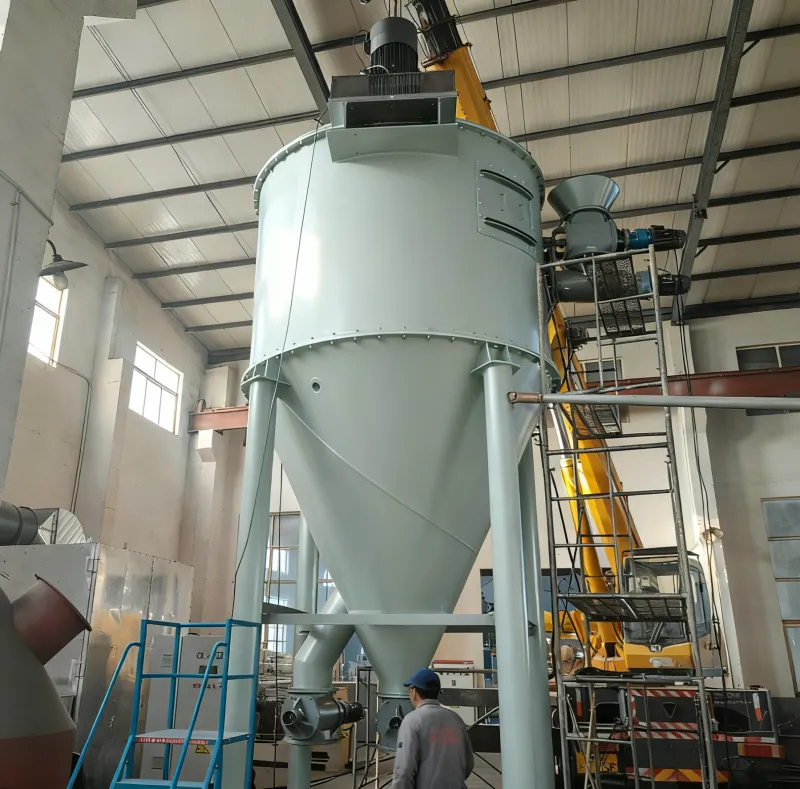
In powder production—especially in the preparation of ultrafine powders—overgrinding and agglomeration are two common challenges. Overgrinding refers to a situation in which qualified fine particles continue to be ground. This leads to energy waste, a broader particle size distribution, and, in some cases, degraded product performance. Agglomeration occurs when ultrafine particles attract each other through […]
Graphite Ultrafine Grinding : How Does It Enable the Next Generation of High-Energy-Density Batteries?
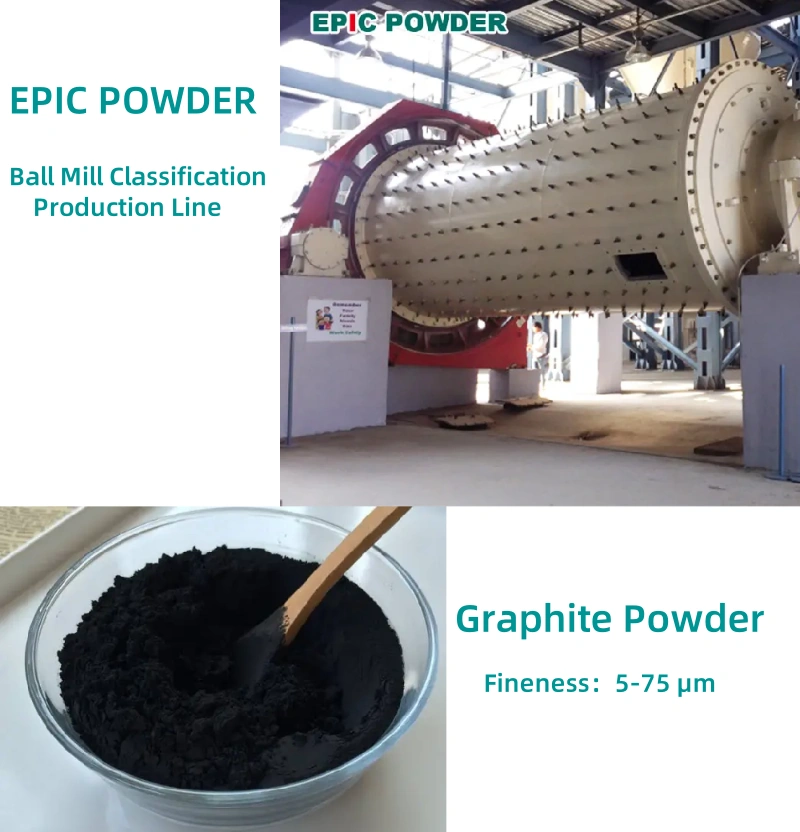
Graphite is one of the most classical members of the carbon family. It has long dominated lithium-ion battery anode materials. This is due to its excellent thermal conductivity and electrical conductivity. Graphite also offers high-temperature resistance and lubricating properties. It has been listed as a critical raw material by the EU and the United States. […]
How are lithium iron phosphate cathode materials produced?
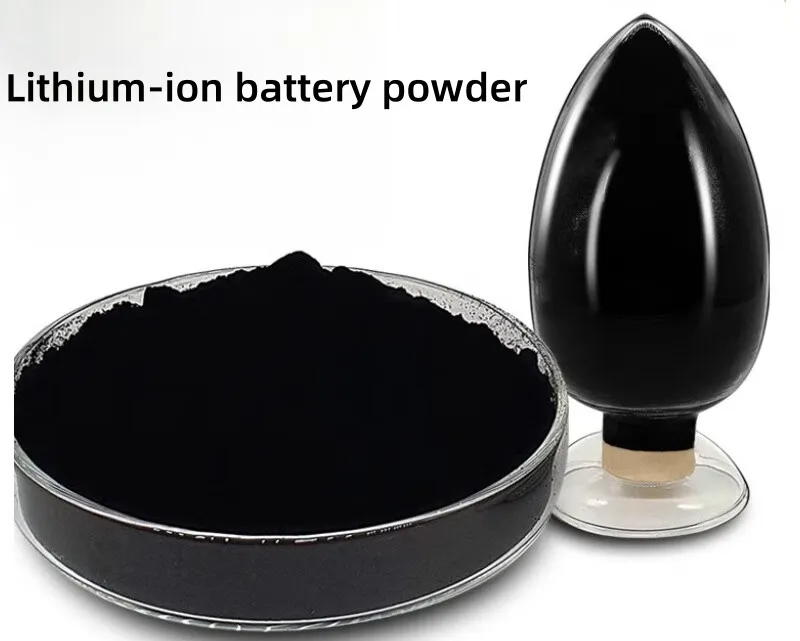
Cathode materials, one of the four main materials in lithium batteries (cathode, anode, separator, and electrolyte), are crucial components of lithium batteries. They also account for a large portion of the battery’s cost. The cost of cathode materials largely determines the price of the battery. Among lithium battery cathode materials, mainstream materials include lithium cobalt […]
Can Jet Milling Solve the Persistent Agglomeration Problem in Ammonium Molybdate Production?

Ammonium molybdate (mainly including ammonium dimolybdate, ammonium tetramolybdate, and ammonium heptamolybdate) is an important intermediate in molybdenum deep processing. It is widely used in the production of molybdenum powder, molybdenum trioxide, catalysts, molybdenum metal products, and agricultural molybdenum fertilizers. During ammonium molybdate production, agglomeration has long been a persistent challenge for the industry. This problem […]
